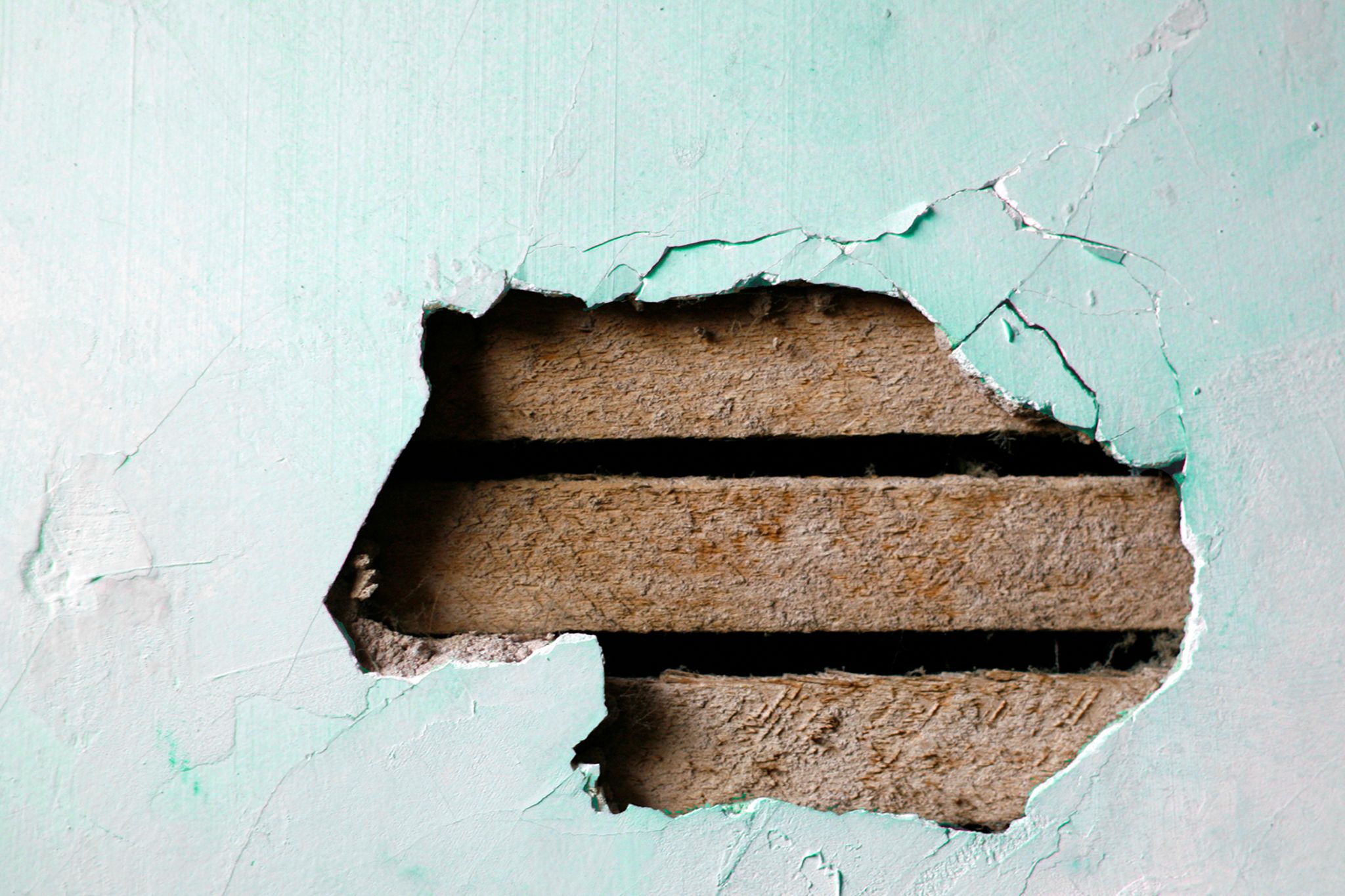Years ago, Alessandra Pollina and her husband, Ondre, were looking for a property that would need no more than some cosmetic changes and upgrades. But because the price was right, they ended up with the ultimate fixer-upper: a two unit, single-family-style home that was already gutted to the studs.
They were excited about its potential, not to mention the half acre of land the house sits on. “That's unusual for Boston," Alessandra Pollina says. “It's the biggest backyard ever."
Many years and renovations later, Pollina estimates her home in the Dorchester neighborhood is worth (drum roll, please) 56% more than it was when she bought it. Wow, talk about a return on investment.
The moral? A fixer-upper isn't necessarily something to eschew. If the right things are wrong with a house, you could not only turn it into your dream home, but also earn serious equity in the process.
Oh, and don't assume you need to be a DIY master to make it worthwhile, either. Time and patience may be all you need.
Here's how to tell if that fixer-upper is a keeper — or if you should keep walking.
#1 Evaluate the Price
If it's a fixer-upper, it should come at a fixer-upper price. Duh, but that's a reminder NOT to fall in love too quickly with a home when the listing says, “needs a little TLC." Do your homework first, and fall in love only if the price is right.
Talk to your real estate agent about what similar homes in the neighborhood sell for and how tricked out they are (with amenities and materials). And that will tell you how much money you can invest in the home before you overimprove for the neighborhood, a mistake to avoid if you plan to sell in the future.
Wendell De Guzman, a real estate investor and house renovator in Oak Brook, Ill., recommends treating the remodel like a business, not a hobby. Determine your budget based on the market value of homes in your neighborhood, because you're not going to sell for more.
"It doesn't matter how much money you can put into the house," De Guzman says. "You're limited by the market value of what nearby houses are selling for."
#2 Start Evaluating What Improvements Are Needed
The best fixer-uppers offer lots of opportunities for “instant equity," which means if you sold the home tomorrow, you'd pretty much get that money back. That's unlike other projects that may never give you your money back. ( anyone?)
Some can be as simple as painting or landscaping, which you can accomplish with sweat equity, De Guzman says. In fact, the Pollinas started their rehab with high-value, low-effort landscaping, since it's the first thing people see. They raked, brought the grass back to life, planted fruit trees and a veggie garden, and enjoyed the reaction. “People were so surprised and impressed," Pollina says.
The Pollinas focused on the kitchen next. Those other tasks may require the work of professionals and cash to pay them. Those are the ones to carefully evaluate against the home's price.
You May Also Like:
#3 Which Hire-a-Pro Projects Add Instant Equity?
While some home improvements add equity, a few consistently top the list. Another thing those equity champions have in common: They usually require a pro's help. But the cost can be instantly worth it.
Based on data gleaned from the “Remodeling Impact Report" from the National Association of REALTORS®, these three projects are good choices on your list of must-haves:
- New roof: A new roof may not be the remodeling project of your dreams — until you realize you could break even with return on investment. You'll spend about $12,000 to install it, based on a national average determined by contractors responding to the remodeling impact survey. But when you sell, it could recoup $12,000, according to REALTORS® surveyed.
- Hardwood floors: To refinish hardwood floors costs about $3,400 on average nationally. The survey indicates you could recoup 147% of that at resale. If you're looking at a fixer-upper (at the right price) that needs the floors redone, that's like getting the floors for free or even making money! New hardwood floors are also a good choice, costing about $5,500 to install. They could recoup $6,500 of that at resale.
- Insulation: A fixer-upper offers a great opportunity to replace or add insulation. An insulation upgrade costs about $2,500 on average nationally and can offer a return of $2,500 at resale — plus savings on your energy bill.
While those three are pretty safe bets, many projects can be worthwhile with a fixer-upper if the price is right. For example, a complete kitchen renovation can cost $80,000 and recover only about $60,000 when you sell. But if the fixer-upper is discounted enough, think how amazing it would be to cook in a kitchen you designed yourself.
#4 Evaluate Your Ability to Deal with Disruption
Whether you're a DIY Jedi or content to hire pros, if your patience is shorter than your potential home's to-do list, a fixer-upper may not be a good choice.
Renovating a bathroom alone can take two to three weeks. Add hardwood flooring, a new kitchen, and siding, and you're looking at a whole summer's worth of rehab.
When considering a fixer-upper, evaluate the limits of your emotional energy. Inevitable project pitfalls and delays can be wearing. A fixer-upper is a good fit only if you have the time, patience, and emotional endurance for it. And only you can determine that.
But if you can budget your time and money — and use the right strategies — you might find yourself with a double reward. That's a home that's worth far more than you paid and the joy of knowing you helped get it there.
Related:

